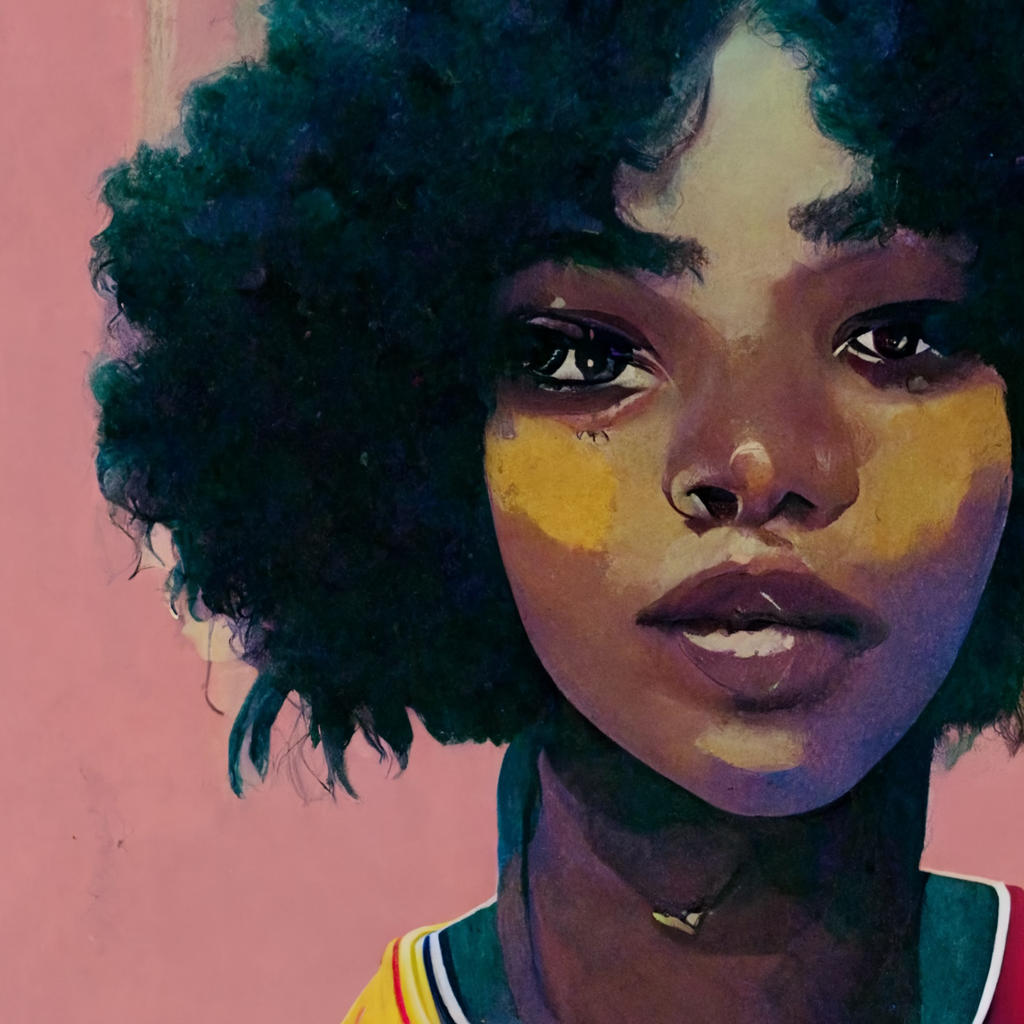“Today’s the day my boy, I can just feel it. By this time tomorrow we’ll be sipping piña coladas in Nassau, watching the world go by from our bungalow,” Papa declares. “That tuition you’ve been talking about will be pocket money.” He slaps the tattered newspaper cutout that decorates the kitchen fridge: a family beams at the camera as they float in turquoise water. “The Bahamas: Welcome to Paradise” shimmers in golden letters. Papa sees it as inspiration. I see it as encouragement to lose the little we have.
He shucks his coveralls and puts on his best clothes, the striped blue button down and khaki pants he only uses for church and the casino. Maybe if this was the first time, seeing the way each foot pops off the ground and his smile would be a nice change, but I can’t help but see the man underneath. Deep down, he knows the truth.
Clothes worth a million dollars couldn’t distract me from noticing the thick bulge of cash protruding from his pocket. “If I had a penny for every time you’ve said this, maybe we could actually buy that bungalow,” I tease. He slides on his leather shoes, ignoring the jab. “Papa we can’t keep playing games like this, I know you’ve seen the landlord’s notes. We need the money.” His grin evaporates for a second, but the loud honk of a waiting car bails him out.
“Looks like Miguel’s here, we’ll talk about this when I get back. I promise.”
…
Heavy, torrential rain hit the roof like bullets. They smacked the asphalt; maybe God lost some money tonight, too. The alarm clock’s red lines twisted themselves into single digits: 1:37 am.
He came back around two, later than normal. He didn’t enter the building. He sat on the concrete steps. His shoulders sank with every raindrop.
I closed my eyes and saw a proud man, someone who beats the sun to work and intentionally loses the race on the way home. But I opened them and found a man broken by crooked lines of cherries.
MacCoy Weil is an eighteen-year-old student who lives in London, England and enjoys writing flash fiction in his free time.
